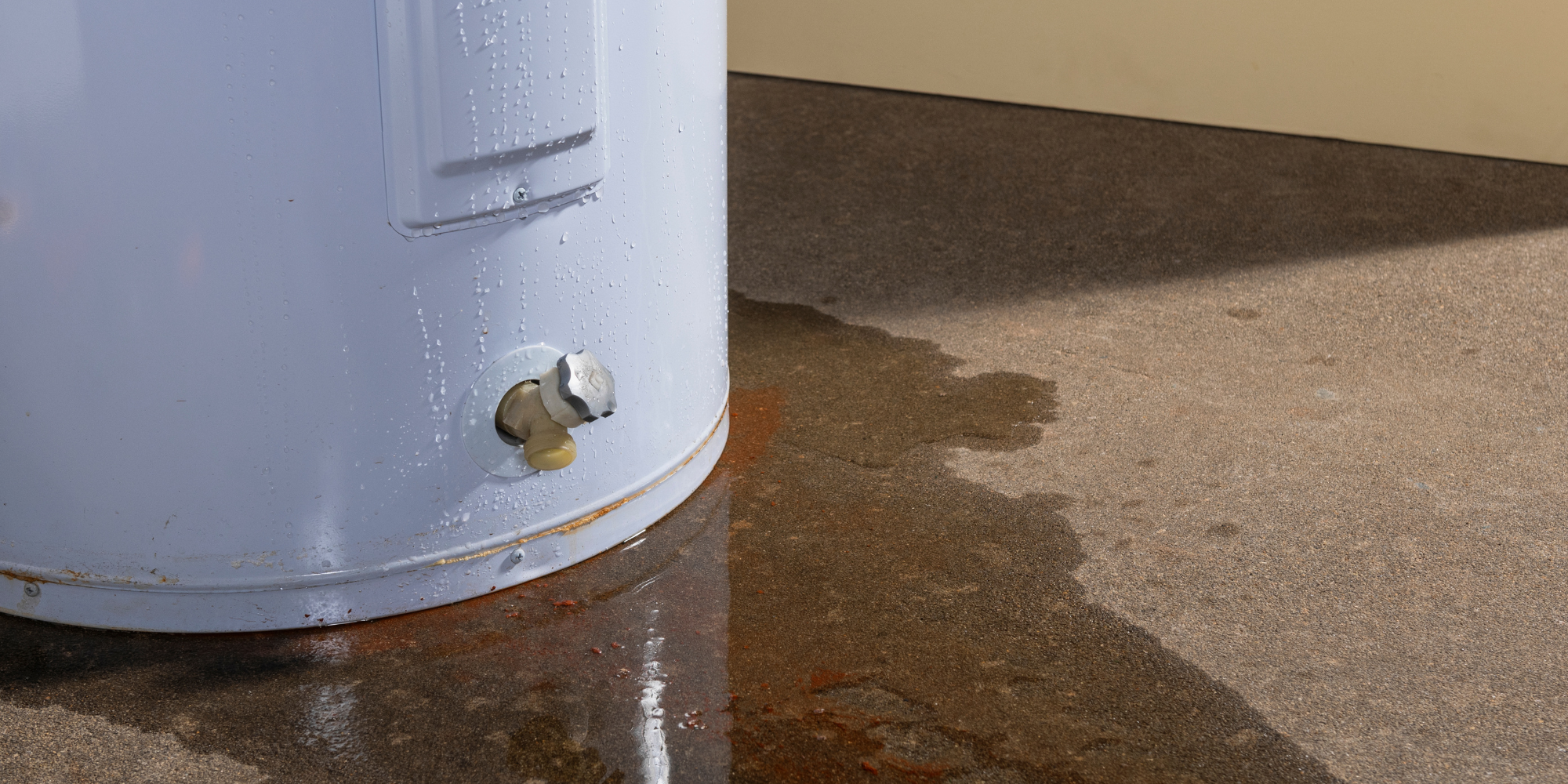How to Extend the Life of Your Water Heater with Simple Maintenance
Your water heater is one of the most essential appliances in your home, providing hot water for showers, dishes, and laundry. With proper maintenance, you can extend its lifespan, improve efficiency, and save on repair or replacement costs. Here are some simple yet effective tips to keep your water heater in top condition.
1. Flush the Tank Annually
Over time, sediment and mineral deposits can accumulate at the bottom of your water heater tank, reducing its efficiency and causing damage. Flushing the tank removes these deposits and helps the heater work more efficiently.
How to Flush Your Water Heater:
Turn off the power supply (electric or gas).
Connect a hose to the drain valve at the bottom of the tank and run it to a safe drainage area.
Open the drain valve and allow the tank to empty completely.
Close the valve, remove the hose, and refill the tank before turning the power back on.
2. Inspect and Replace the Anode Rod
The anode rod is a metal rod inside your water heater that prevents rust by attracting corrosive elements. Over time, the rod wears out and needs to be replaced to protect the tank.
Steps to Check the Anode Rod:
Turn off the power and water supply to the heater.
Use a socket wrench to remove the anode rod from the top of the tank.
Inspect the rod: if it’s heavily corroded or less than ½ inch thick, replace it with a new one.
Reinstall the new rod and tighten it securely.
3. Test the Temperature and Pressure (T&P) Relief Valve
The T&P valve is a critical safety feature that prevents excessive pressure buildup in the tank. Testing it ensures that it’s working properly.
How to Test the T&P Valve:
Place a bucket under the discharge pipe connected to the valve.
Lift the valve lever slightly to let some water out, then release it.
If water doesn’t flow or the valve leaks afterward, replace it immediately.
4. Set the Temperature Correctly
Keeping the temperature at an optimal setting not only extends the life of your water heater but also saves energy and prevents scalding.
Recommended Temperature:
Set your water heater thermostat to 120°F. This is hot enough for household needs while minimizing wear on the system.
5. Insulate the Tank and Pipes
In colder climates, insulating your water heater tank and pipes can reduce heat loss, improve efficiency, and prevent freezing.
How to Insulate:
Purchase an insulation blanket specifically designed for water heaters.
Wrap the blanket around the tank, securing it with tape or straps (avoid covering the top or the thermostat).
Insulate exposed hot water pipes with foam pipe insulation.
6. Check for Leaks Regularly
Small leaks can lead to bigger problems if left unchecked. Inspect your water heater for:
Drips around the tank or fittings.
Corrosion or rust on the tank exterior.
Puddles or water stains near the base of the unit.
If you notice any leaks, call a professional plumber to assess the issue.
7. Know When to Call a Professional
Routine maintenance is important, but some tasks are best left to the experts. Call a professional plumber if:
Your water heater makes loud, unusual noises.
The water temperature fluctuates or doesn’t get hot enough.
You’re unsure how to perform any of the above steps safely.
By taking the time to maintain your water heater, you can extend its lifespan, improve its efficiency, and save money in the long run. If you’re ever in doubt or need assistance, the team at Marv’s Plumbing & Heating is here to help. Contact us today for professional water heater maintenance and repairs!

